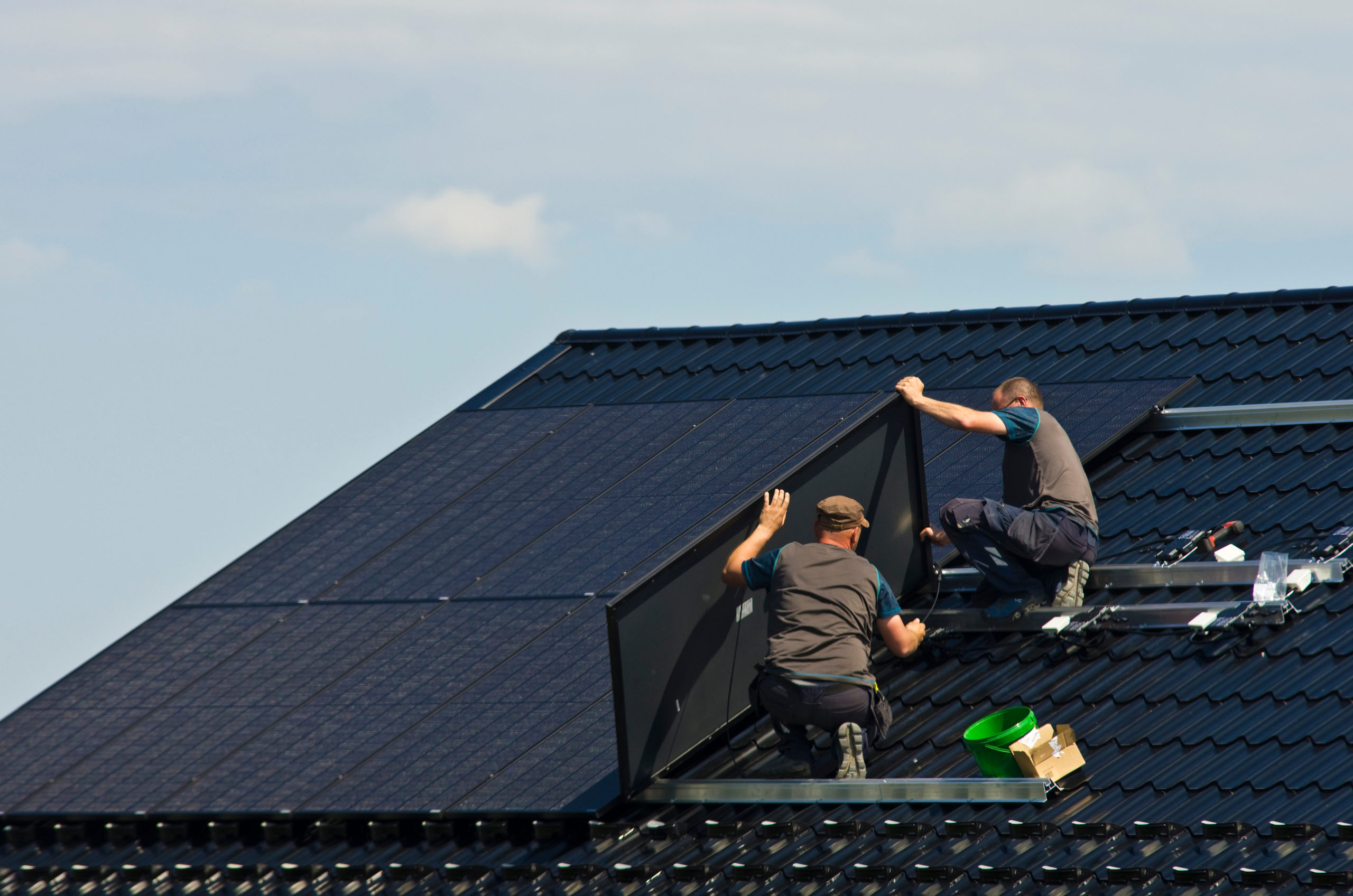
09 Feb Moving Forward by Looking Up: Eco-Friendly Roofing Materials to Consider
“Nearly 11 million tons of asphalt roofing shingle wastes are produced in the United States each year,” the Office of Scientific and Technical Information (OSTI) reports.
Consequently, as many home and business owners across the country place an emphasis on their environmental values, eco-friendly roofing options have gained both ample traction and attention.
What’s more, these environmental alternatives aren’t just good for the world around us — they’re also good at slashing our energy bills, thereby empowering us to direct our money toward other important causes.
If this is something you’re considering incorporating into your home life, allow us to present you with some options for your consideration:
Letting Recyclables Rub Off On You
Engineered with discarded materials like plastic bottles, car tires, and more, plastic and rubber shingles are at the forefront of eco-friendly roofing materials.
Recycling has especially grown in popularity amongst many households, so it makes sense that those individuals would want to see how, in one way or another, their efforts have paid off.
Thus, as the aforementioned materials “do not require the inputs and landfilling associated with asphalt or the mining associated with slate, these recycled plastic and rubber shingles have a lower carbon footprint than traditional roofing shingles when considering their full life cycle,” according to the National Park Service (NPS).
Flexible, durable, and 100% recyclable, plastic and rubber shingles are the perfect starting point for those seeking to dive into sustainable solutions.
Cool Options, Cooler Roofs
Designed with a variety of traditional roofing materials, “cool roofs” are designed to reflect light, thereby preventing heat absorption through one’s roof and aiding the overall environmental health around the property.
“Conventional roofs can reach temperatures of 150°F or more on a sunny summer afternoon, sun,” the U.S. Department of Energy explains. “Under the same conditions, a reflective roof could stay more than 50°F (28 °C) cooler. This can save energy and money in buildings with air conditioning, or improve comfort and safety in buildings without air conditioning, by reducing heat flow from the roof into the occupied space.”
As a result, cool roofs are capable of…
- Reducing power plant emissions
- Slowing the development of temperature-related smog in an area
- Extending the roof’s lifespan, thereby making it more sustainable
- And more
Who Says “Green” Can’t Be Literal?
For those looking to amp up their eco-friendly efforts while also transforming their roof into a natural work of art, green roofs present the ideal opportunity.
Specifically, the U.S. General Services Administration (GSA) described green roofs (also known as “living roofs” and/or “vegetated roofs”) as “ballasted roofs consisting of a waterproofing membrane, growing medium (soil) and vegetation (plants) overlying a traditional roof.”
Capable of reducing energy expenditure, dispersing urban heat islands, enhancing stormwater management, and even assisting local biodiversity, green roofs feature no shortage of environmental benefits — on top of being just plain beautiful.
Of course, just because you know you want to embark on a renewed eco-journey, that doesn’t mean you know where or how to start. But that’s where Universal Roof & Contracting comes in!
Our licensed and certified team of experts offers FREE inspections and would be happy to help you determine what roofing solutions are best suited to your home, your family, and your neighborhood environment.
Plus, after assisting homeowners in Jacksonville and Central Florida for over 27 years, you can trust we know exactly how to help you tackle the persistent heat of the Sunshine State!
So, are you ready for us to show you how the difference is universal? Then contact our team today by calling 855-ROOF-HELP! Your forever roof is only one call away.



